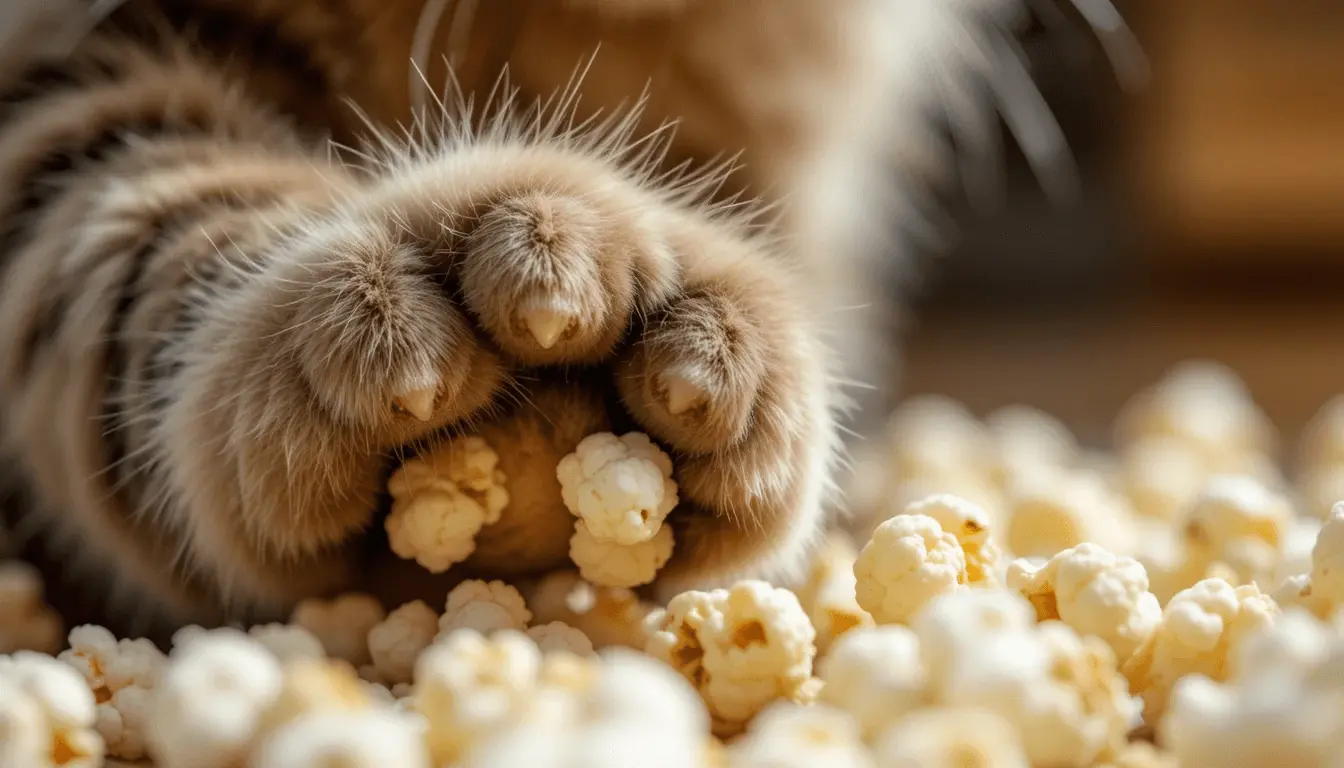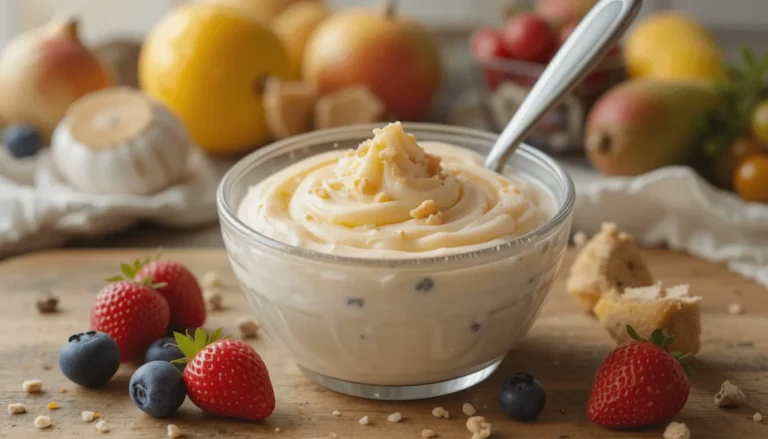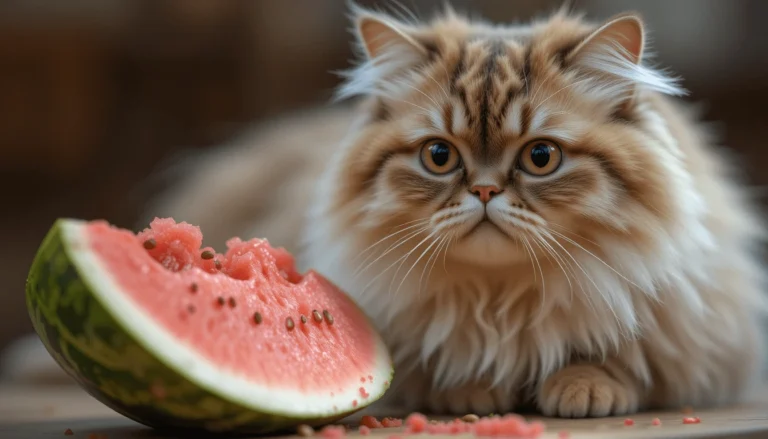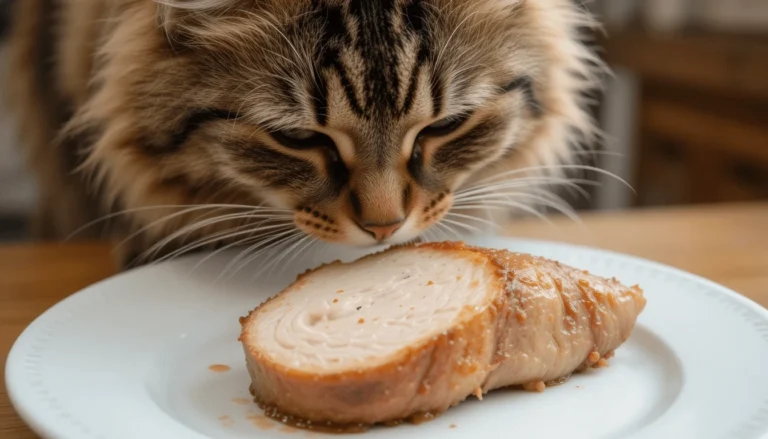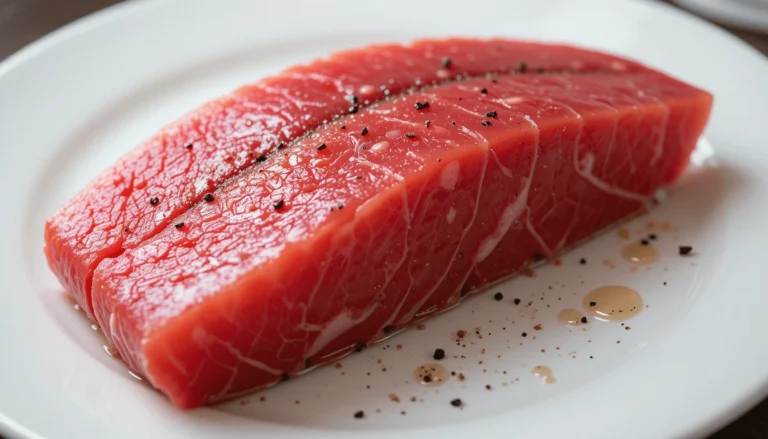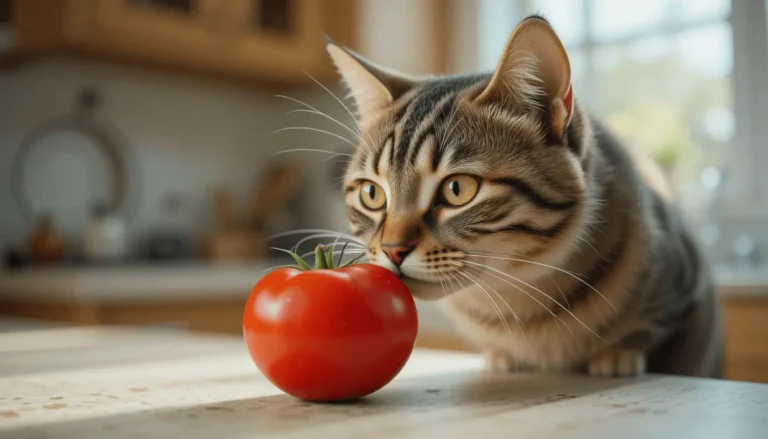Can Cats Eat Popcorn? The Risks and Benefits Explained
Introduction
“You’re curled up on the couch, watching a movie with a bowl of buttery popcorn—when suddenly, your cat’s paw darts in to steal a piece. Before you share, pause! While popcorn seems harmless, ‘Can cats eat popcorn?’ isn’t a simple yes/no question. Human snacks often hide dangers for felines, from choking risks to toxic additives. Turns out, popcorn and cats are a recipe for disaster—let’s uncover why this snack is more ‘hiss’ than ‘yum“
Why Popcorn Can Be Dangerous for Cats
Choking Hazard: A Silent Emergency
Cats don’t chew food thoroughly, and popcorn’s irregular shape makes it risky:
- Unpopped kernels can block airways or scratch the esophagus.
- Hulls (the tough outer shell) may lodge in the intestines, requiring surgery (a 2018 study in JAVMA found foreign body obstructions are common in cats).
Example: A viral Reddit thread shared how a cat needed emergency vet care after swallowing a popcorn hull.
Toxic Additives: The Hidden Poisons
Even “safe” popcorn often contains:
- Butter & oils → Pancreatitis risk (fatty foods inflame a cat’s pancreas).
- Salt → Dehydration or sodium ion poisoning (signs: vomiting, seizures).
- Artificial flavorings often contain onion or garlic powder – both toxic to cats as they destroy red blood cells (ASPCA Poison Control).
Stat: Over 60% of pet poisonings stem from human foods (Pet Poison Helpline).
Digestive Issues: Cats Aren’t Built for Carbs
Unlike humans, cats:
- Lack enzymes to break down corn efficiently.
- Popcorn offers cats no nutritional benefits – just empty calories that may lead to digestive upset or allergic reactions (corn is a common feline allergen).
Table: Popcorn Risks at a Glance
| Risk Factor | Why It’s Dangerous | Emergency Signs |
|---|---|---|
| Unpopped kernels | Choking, intestinal blockage | Gagging, lethargy |
| Butter/oil | Pancreatitis (vomiting, belly pain) | Hunched posture, fever |
| Salt/seasonings | Sodium toxicity, kidney strain | Excessive thirst, tremors |
Safe Alternatives to Popcorn for Cats
Air-Popped, Plain Popcorn (Rarely & Sparingly)
If you must share:
- Only 1–2 fully popped kernels, no hulls.
- Zero salt, butter, or flavorings.
- Supervise closely to prevent choking.
Cat-Specific Treats: The Healthier Swap
Opt for high-protein snacks like:
- Freeze-dried chicken or salmon.
- Commercial treats with added taurine (essential for heart health).
Pro Tip: The AAFCO certifies nutritionally balanced pet foods—look for their seal.
Vet-Approved Human Foods
Some safer options in tiny amounts:
- Steamed pumpkin (fiber for digestion).
- Cooked carrots (cut into pea-sized pieces).
- Never offer grapes, chocolate, or xylitol (deadly for cats).
Emergency Guide: What to Do If Your Cat Eats Popcorn
Even with precautions, curious cats sometimes snatch forbidden snacks. Here’s your step-by-step action plan for popcorn incidents, complete with veterinary insights and preventative strategies.
Step 1: Immediate Assessment
Identify the exact type and quantity ingested:
- Plain, air-popped popcorn (1-2 pieces):
- Monitor closely for 24 hours
- Check for remaining hulls in the mouth
- Offer fresh water to help digestion
- Buttered/salted/seasoned popcorn (any amount):
- Contact your vet or ASPCA Poison Control (888-426-4435) immediately
- Record the exact time of consumption and estimate the amount eaten – this critical information helps veterinarians determine treatment urgency
- Save packaging if commercial popcorn was eaten
Veterinary Insight:
“Even small amounts of salted popcorn can be dangerous for cats under 10 pounds. Their kidneys can’t process excess sodium like ours can.” — Dr. Sarah Wooten, DVM
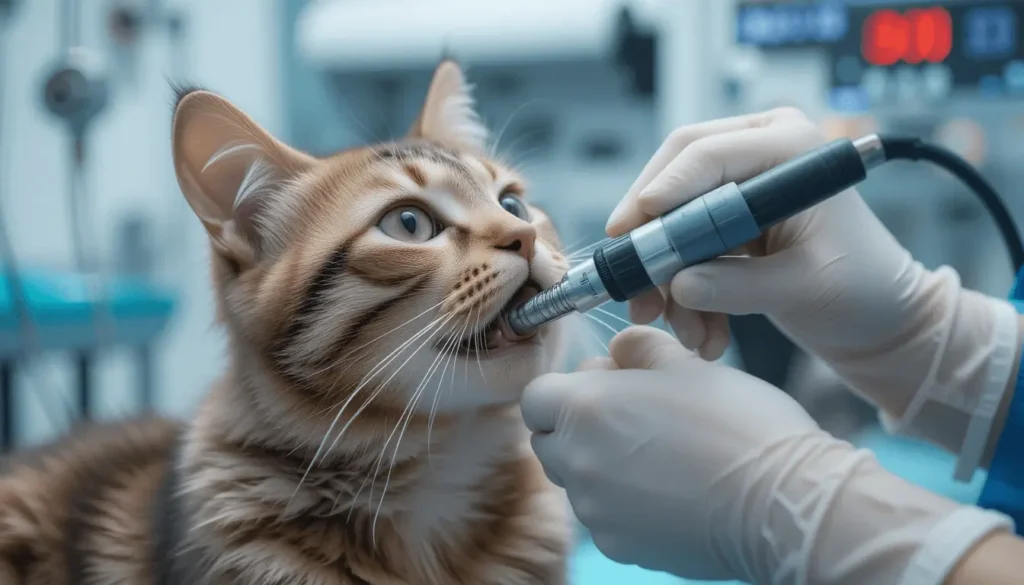
Step 2: Critical Symptom Monitoring
Create an observation checklist for the next 48 hours:
Physical Symptoms
- Respiratory distress (gasping, wheezing)
- Excessive drooling or pawing at mouth
- Swollen abdomen or painful reaction to touch
Behavioral Changes
- Refusal of favorite treats
- Hiding or unusual aggression
- Loss of coordination or disorientation
Emergency Symptoms Requiring IMMEDIATE Vet Care
| Symptom | Possible Condition | Action |
|---|---|---|
| Violent retching | Airway obstruction | Emergency vet visit NOW |
| Tremors/seizures | Sodium poisoning | ASPCA Poison Control + ER |
| Lethargy + vomiting | Intestinal blockage | X-rays required within 2 hours |
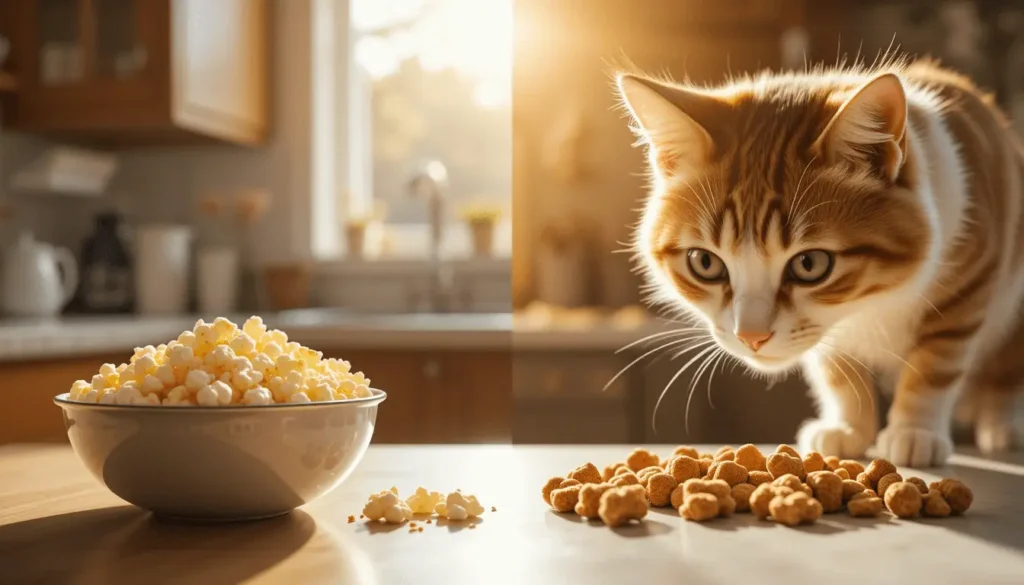
Step 3: Prevention Strategies
Transform your home into a cat-safe snacking zone:
Environmental Controls
- Use popcorn containers with locking lids
- Designate “human food-free” zones using baby gates
- Secure your cabinets with childproof locks – especially important for curious climbers who can access high shelves
Behavioral Training
- Teach “leave it” command using high-value treats
- Implement clicker training for impulse control
- Create positive associations with cat-approved snacks
Enrichment Alternatives
- Puzzle feeders with freeze-dried chicken
- Cat grass stations near TV areas
- Interactive wand toys during movie nights
Pro Tip: Keep a pet first-aid kit with:
- Digital thermometer (normal feline temp: 100-102.5°F)
- Pet-safe hydrogen peroxide (only use if vet-directed)
- Emergency vet contacts in your phone
Final Reminder: While popcorn seems harmless, prevention is always better than emergency care. Bookmark this guide and share it with everyone in your household – your cat’s safety depends on vigilance from the whole family.
Conclusion: A Safer Way to Share Snack Time
While the occasional plain popcorn kernel might not spell disaster, the risks simply aren’t worth taking. Beyond posing choking risks and containing toxic ingredients, popcorn provides zero nutritional value for cats – only preventable health dangers. Instead of sharing your snack, why not treat your feline friend to something made just for them? High-protein cat treats or vet-approved veggies make far safer, healthier alternatives.
Before you give in to those pleading eyes, ask yourself: Is a moment of sharing worth a potential emergency vet visit?
Additional Resources
- Safe Or Not ? Cat Food Guide – Explore what’s safe and unsafe for your feline friend to eat.
- ASPCA Animal Poison Control – 24/7 emergency guidance
- Cornell Feline Health Center – Toxic Foods – Comprehensive list of dangerous foods
- International Cat Care – Choking Hazards – How to pet-proof your home
FAQs
My cat ate one plain popcorn kernel—should I worry?
A single plain kernel is unlikely to cause harm, but monitor for choking signs (coughing, gagging) for 24 hours. Remove any remaining hulls if visible.
Are popcorn bags dangerous to cats?
Yes! The crinkly texture tempts cats to chew, risking bowel obstruction if ingested. Always store bags in closed cabinets.
Can kittens eat popcorn?
Absolutely not. Kittens’ smaller airways make choking more likely, and their developing kidneys are extra sensitive to salt.
Is microwave popcorn worse than stovetop?
Both are risky, but microwave popcorn often contains artificial butter flavorings linked to lung damage in cats when inhaled.
Q: What human snacks can cats safely eat?
Try cooked, unseasoned chicken or turkey bits, or small pieces of cantaloupe (remove seeds first). Always consult your vet first.

